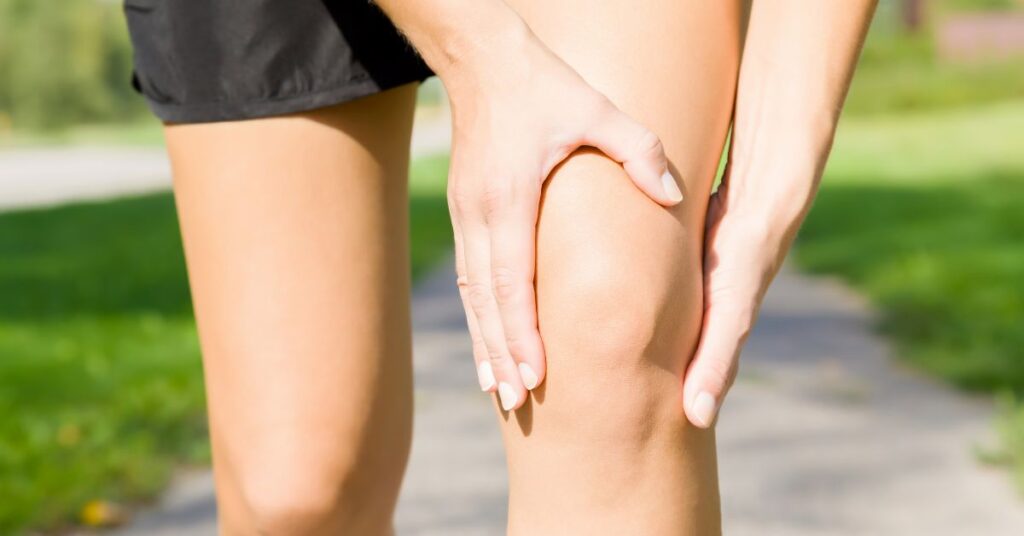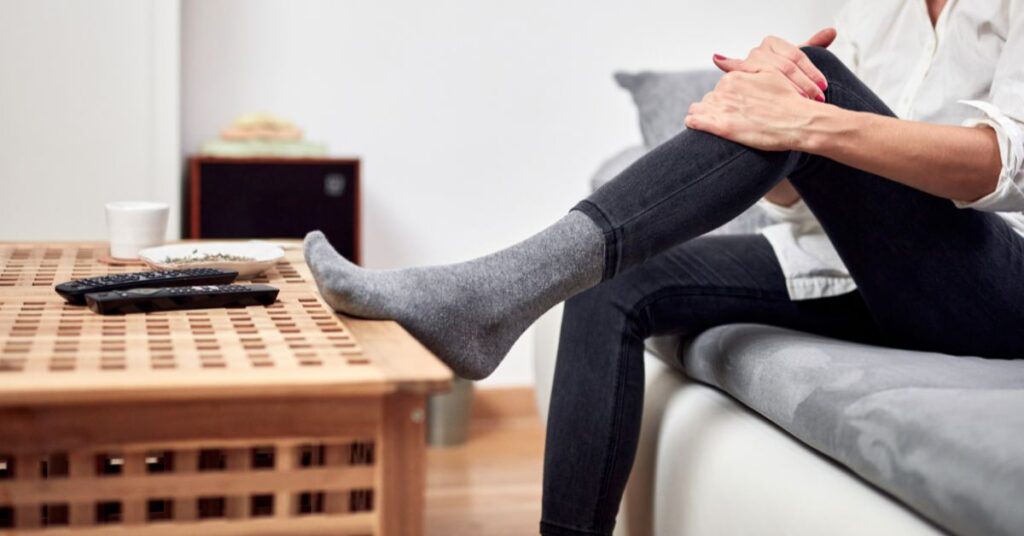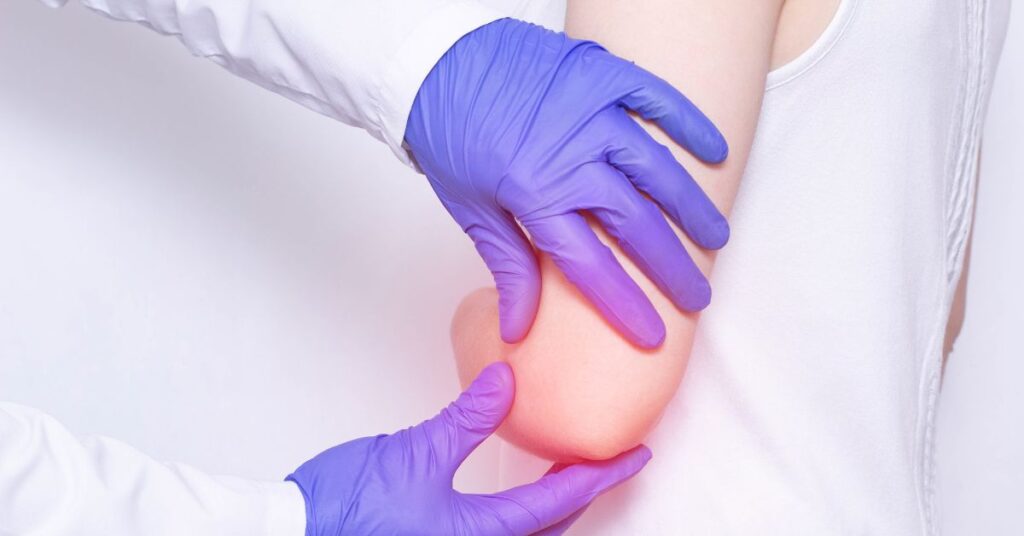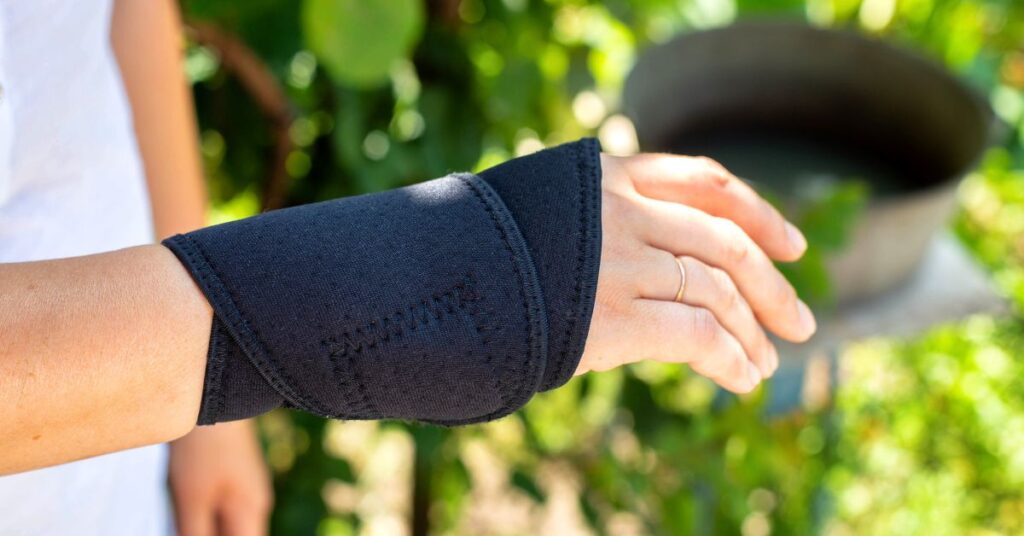On the Spot: First Aid Techniques for Managing Dislocated Joints

Joint dislocation occurs when the ends of two connected bones become separated, disrupting their normal alignment within the joint. This can happen due to sudden trauma, such as a fall or a sports injury, causing intense pain, swelling, and loss of joint function. Understanding first aid techniques for managing dislocated joints is crucial as it allows individuals to provide immediate assistance in emergency situations, potentially preventing further complications and minimizing the severity of the injury.
In this blog post, we will delve into the fundamentals of joint dislocation, discuss the importance of knowing first aid techniques for managing such injuries, and provide an overview of the specific procedures and measures that can be taken on the spot to effectively address dislocated joints. Throughout the post, readers will gain valuable insights into recognizing dislocations, administering immediate care, and seeking appropriate medical attention to facilitate optimal recovery.
Understanding Joint Dislocation

Joint dislocation refers to the displacement of the ends of two connected bones from their normal position within the joint. This condition typically occurs due to sudden impact or force applied to the joint, causing the bones to forcefully separate.
- Symptoms and Signs:
- Intense pain
- Swelling
- Limited range of motion
- Deformity or misalignment of the affected joint
- Numbness or tingling in the surrounding area
Immediate Actions to Take
In the event of a joint dislocation, taking immediate actions is crucial to prevent further injury and ensure prompt medical attention. First and foremost, it’s essential to stay calm and assess the situation calmly. Panicking can exacerbate the injured person’s distress and hinder the ability to provide effective assistance.
Next, immobilize the affected area to prevent any further movement that could worsen the dislocation or cause additional damage to surrounding tissues. This can be achieved by gently supporting the injured joint in its current position, using makeshift splints, or providing cushioning with soft materials. While administering first aid, it’s important to assess the severity of the injury.
If the dislocation appears severe, if there is excessive swelling or deformity, or if the individual is experiencing severe pain or numbness, it’s crucial to call for medical assistance immediately. Lastly, it’s essential to avoid any unnecessary movement of the injured joint to prevent further complications and facilitate the healing process.

- Staying Calm and Assessing the Situation:
- Remaining calm helps in making clear decisions and providing effective assistance.
- Assessing the severity of the injury and identifying any accompanying symptoms.
- Immobilizing the Affected Area:
- Supporting the injured joint to prevent further movement.
- Using makeshift splints or soft materials to provide stability.
- Calling for Medical Assistance if Necessary:
- Seeking professional help if the dislocation is severe or accompanied by severe pain, swelling, or deformity.
- Not delaying medical care, especially if there are signs of nerve or blood vessel involvement.
- Avoiding Unnecessary Movement of the Injured Joint:
- Minimizing movement to prevent exacerbating the injury or causing additional damage.
- Encouraging the injured person to remain still until medical help arrives.
Preventive Measures
Preventing joint dislocations is key to maintaining joint health and reducing the risk of injury. Incorporating preventive measures into your lifestyle can significantly decrease the likelihood of experiencing dislocations in the future. Engaging in regular strength training and flexibility exercises is essential for strengthening the muscles around the joints and improving their stability and range of motion.
This can help prevent excessive stress on the joints and reduce the risk of dislocation during physical activities. Additionally, using protective gear such as braces, pads, or helmets during sports or other high-risk activities can provide an extra layer of support and cushioning, minimizing the impact of falls or collisions. By implementing these preventive measures, individuals can proactively safeguard their joints and enjoy a more active and injury-free lifestyle.

- Tips for Preventing Joint Dislocations in the Future:
- Avoiding sudden twists or jerks that may strain the joints.
- Practicing proper body mechanics and lifting techniques to prevent overexertion.
- Being cautious when engaging in high-risk activities or sports.
- Importance of Strength Training and Flexibility Exercises:
- Strengthening the muscles around the joints to improve stability and support.
- Increasing flexibility to enhance joint mobility and reduce the risk of stiffness or immobility.
- Using Protective Gear During Physical Activities:
- Wearing appropriate gear such as knee pads, elbow pads, or helmets to protect vulnerable joints.
- Ensuring gear fits properly and is worn consistently during activities to provide optimal protection.
The First Aid Nest run public and workplace first aid courses, Australia wide.
Our workplace first aid courses can be run at your site.
Our public classes are here in Sydney and are the best option if you are an individual, a couple or a group
of just a few people.
Our sophisticated system will take the headache out of renewal for you too. Lose your certificate? No problem, just log in and download your certificate again anytime. We will also send you reminders about when your certificate is about to expire!
Book your spot or workplace with us today, contact us with any questions, or head to our FAQ page.

